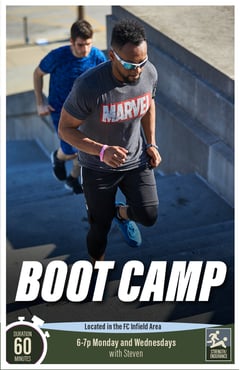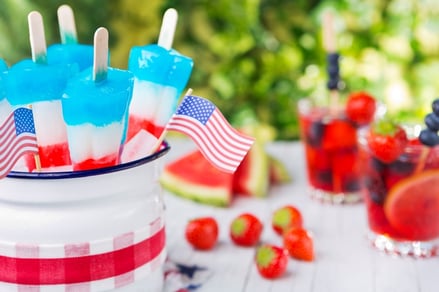 Here are some recipes for patriotic healthy eating. Bring one of these red, white, and blue creations to your Fourth of July holiday barbecue so that you will have the most patriotic dish to celebrate Independence Day!
Here are some recipes for patriotic healthy eating. Bring one of these red, white, and blue creations to your Fourth of July holiday barbecue so that you will have the most patriotic dish to celebrate Independence Day!
Patriotic Veggie Platter
Arrange the following veggies in the shape of a flag with rows of red and white veggies on a large baking sheet. Place a yogurt-based dill or ranch dip in a blue bowl in the corner.
- Red veggies: Red peppers, grape tomatoes, radishes
- White veggies: Cucumbers, cauliflower
Independence Fruit Bowl
Toss strawberries, blueberries, starfruit, and watermelon in a bowl and sprinkle with unsweetened coconut flakes.
Red, White, and Blue Popsicles
1½ cups blueberries
1 cup raspberries
2 cups limeade
Divide blueberries and raspberries among freezer-pop molds. Pour limeade over the berries. Insert sticks and freeze until completely firm, about 6 hours. Makes 10 popsicles.
45 calories, 0g fat, 12g carbohydrates, 0g protein.
Fruity Fourth Quinoa Salad
¾ cup wild rice
½ cup quinoa (red if available)
¼ cup extra virgin olive oil
¼ cup raspberry vinegar
¼ tsp salt
¼ tsp pepper
1 cup halved, pitted fresh sweet cherries
1 cup blueberries
2 stalks celery, diced
¾ cup diced goat cheese
½ cup chopped pecans, toasted
Bring a large saucepan of water to a boil over high heat. Add wild rice and cook for 30 minutes. Add quinoa and cook until the rice and quinoa are tender, about 15 minutes more. Drain and rinse with cold water until cool to the touch; drain well.
Meanwhile, whisk oil, vinegar, salt, and pepper in a large bowl. Add the rice and quinoa, cherries, blueberries, celery, cheese, and pecans and toss to combine. Serve at room temperature or cold.
I hope you have a happy, healthy, and delicious Fourth of July!
This blog was written by Angie Mitchell, RD, Wellness Coordinator. To find out more about the NIFS bloggers, click here.


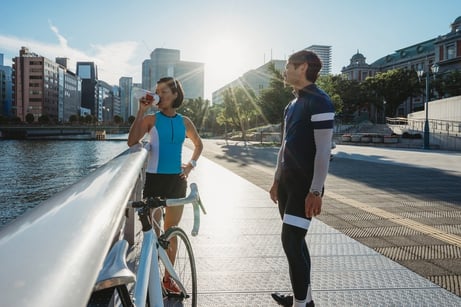 We’ve waited for this time for months, where there is no more snow and plenty of sunshine. Long days of outside fun, no kids in school, road trips and vacations—what more could we ask for?
We’ve waited for this time for months, where there is no more snow and plenty of sunshine. Long days of outside fun, no kids in school, road trips and vacations—what more could we ask for?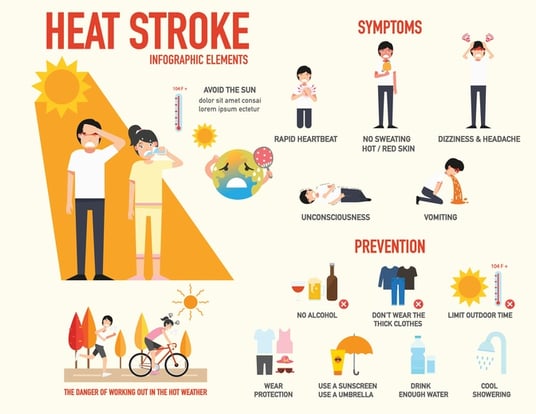
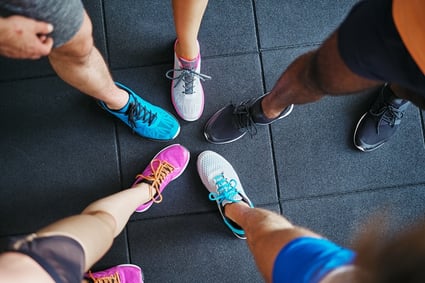 Believe it or not, shoes do serve a higher purpose than just to make a fashion statement—especially when you’re
Believe it or not, shoes do serve a higher purpose than just to make a fashion statement—especially when you’re 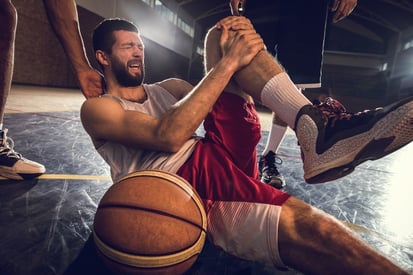 Having something come up that changes your routine or throws off your groove can be frustrating or disheartening because, let’s be honest, we all have things that we want to do. Looking at this from an athlete’s point of view is a little different than that of the general public.
Having something come up that changes your routine or throws off your groove can be frustrating or disheartening because, let’s be honest, we all have things that we want to do. Looking at this from an athlete’s point of view is a little different than that of the general public.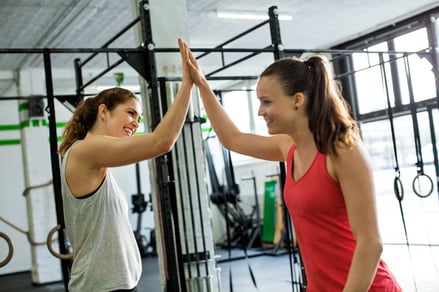 When I discuss working out and fitness with others, one question that I normally ask is, “What are your goals?” and “What does your training look like?” Most times, there will be two responses. The first is from people who are casually exercising without a plan. If you are currently this type of person, don’t get me wrong, it’s good that you are being active, but what if I told you that there is a quicker way to achieve the results that you want?
When I discuss working out and fitness with others, one question that I normally ask is, “What are your goals?” and “What does your training look like?” Most times, there will be two responses. The first is from people who are casually exercising without a plan. If you are currently this type of person, don’t get me wrong, it’s good that you are being active, but what if I told you that there is a quicker way to achieve the results that you want? In 2010 as part of the Affordable Care Act, it was required that all chain restaurants, groceries, and convenience stores post their calories for customers to see. Some started right away, and you might have noticed them pop up at Starbucks or McDonalds over the years. However, on May 7, 2018, it finally took effect that all food sellers with more than 20 locations now
In 2010 as part of the Affordable Care Act, it was required that all chain restaurants, groceries, and convenience stores post their calories for customers to see. Some started right away, and you might have noticed them pop up at Starbucks or McDonalds over the years. However, on May 7, 2018, it finally took effect that all food sellers with more than 20 locations now 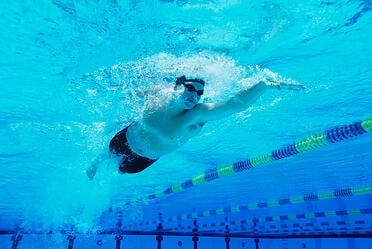
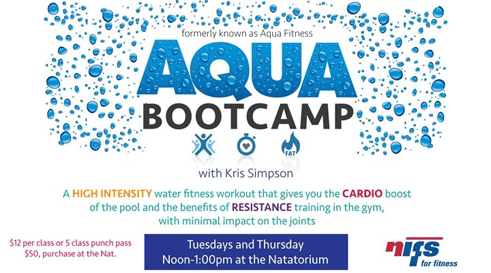
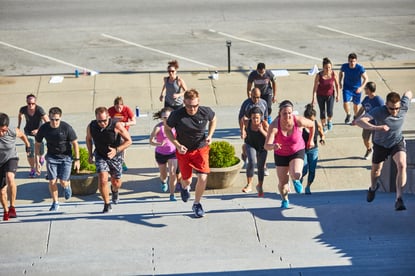 I want powerful legs! I want to increase my endurance! I want stronger and well-toned abs! I want toned arms! I don’t want to spend endless hours in the gym! Sound familiar? Chances are you have wanted these things at some point in your fitness journey. The great news is that all these are very possible to achieve, and you get them all in one stop.
I want powerful legs! I want to increase my endurance! I want stronger and well-toned abs! I want toned arms! I don’t want to spend endless hours in the gym! Sound familiar? Chances are you have wanted these things at some point in your fitness journey. The great news is that all these are very possible to achieve, and you get them all in one stop.